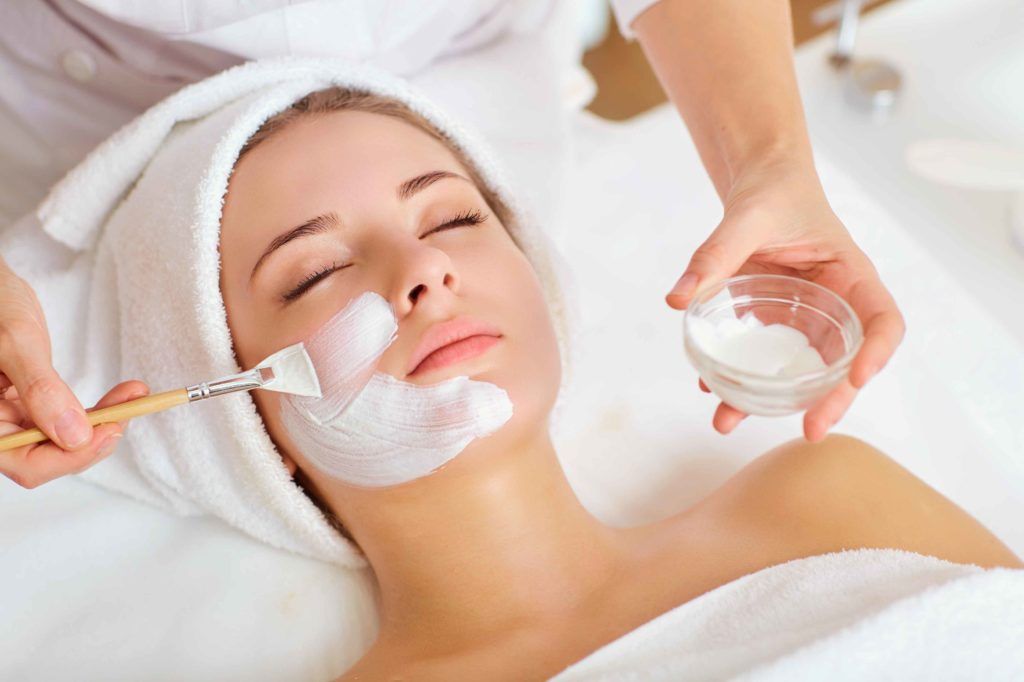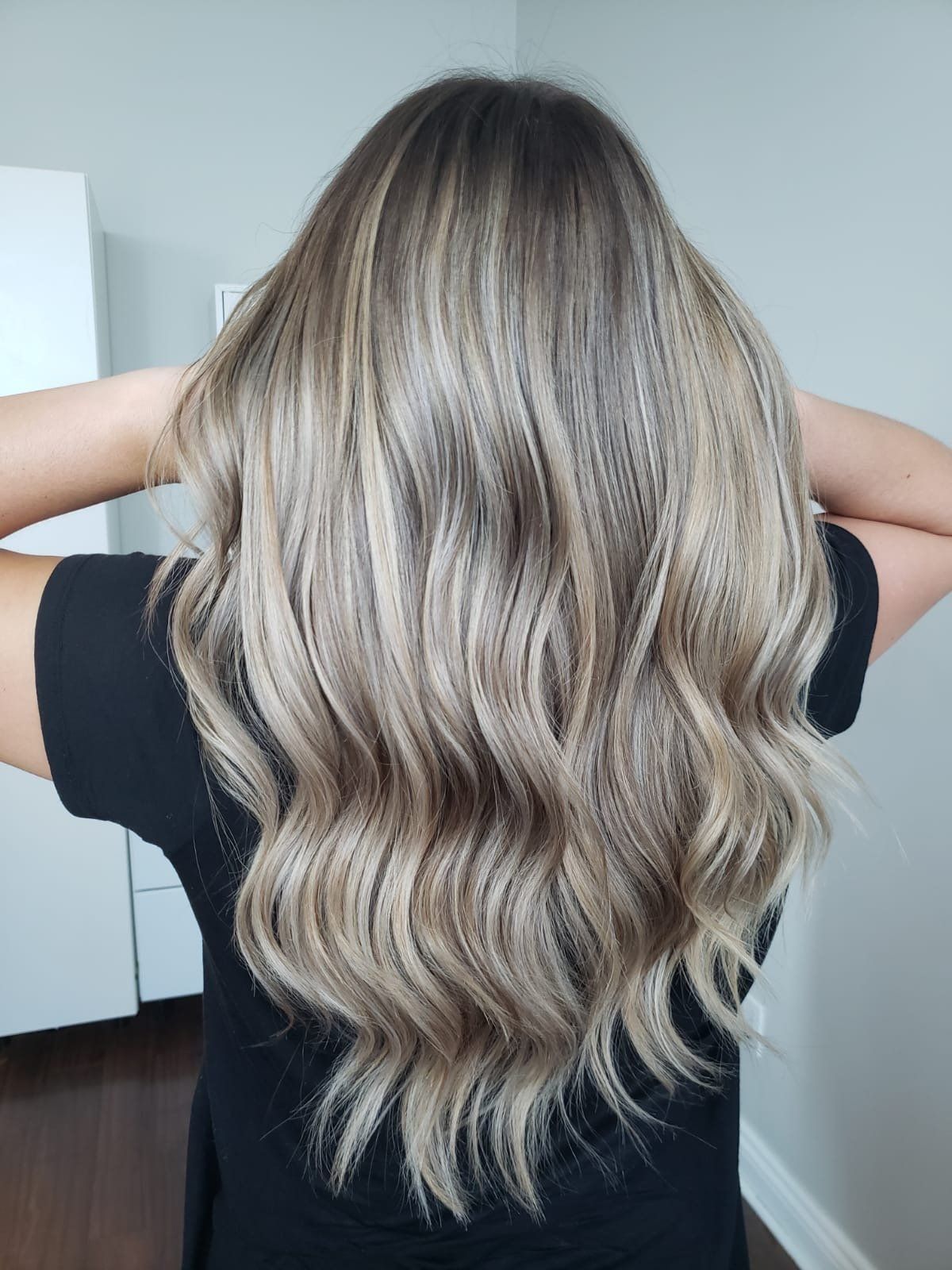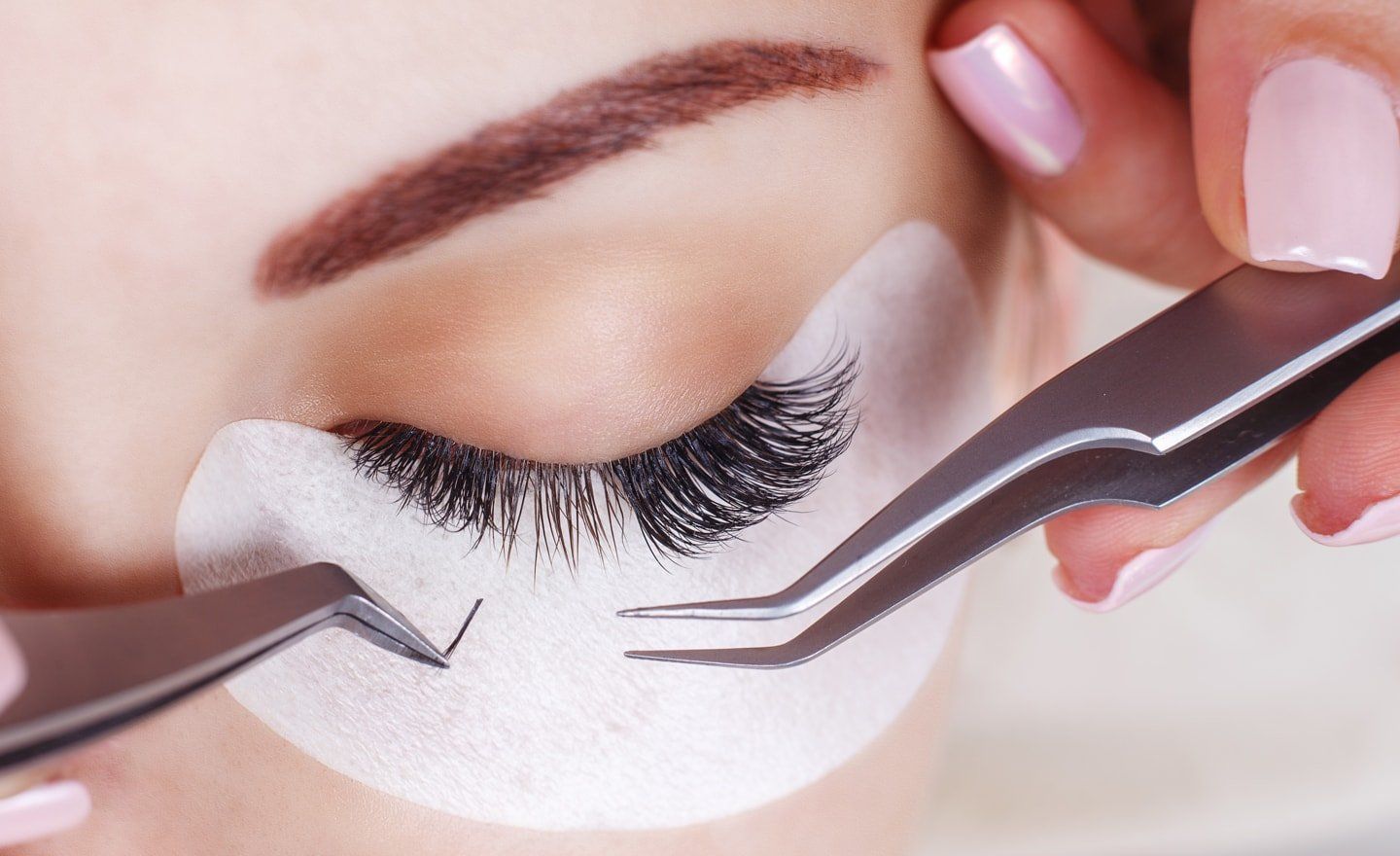Book your Laser Treatment Today
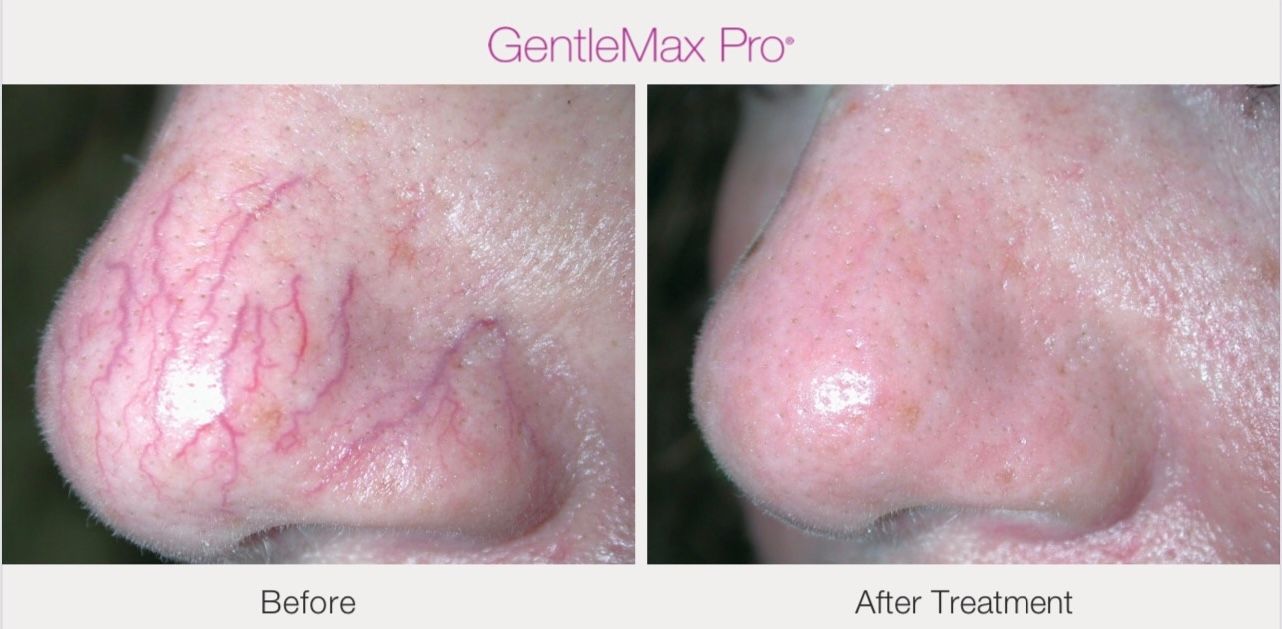
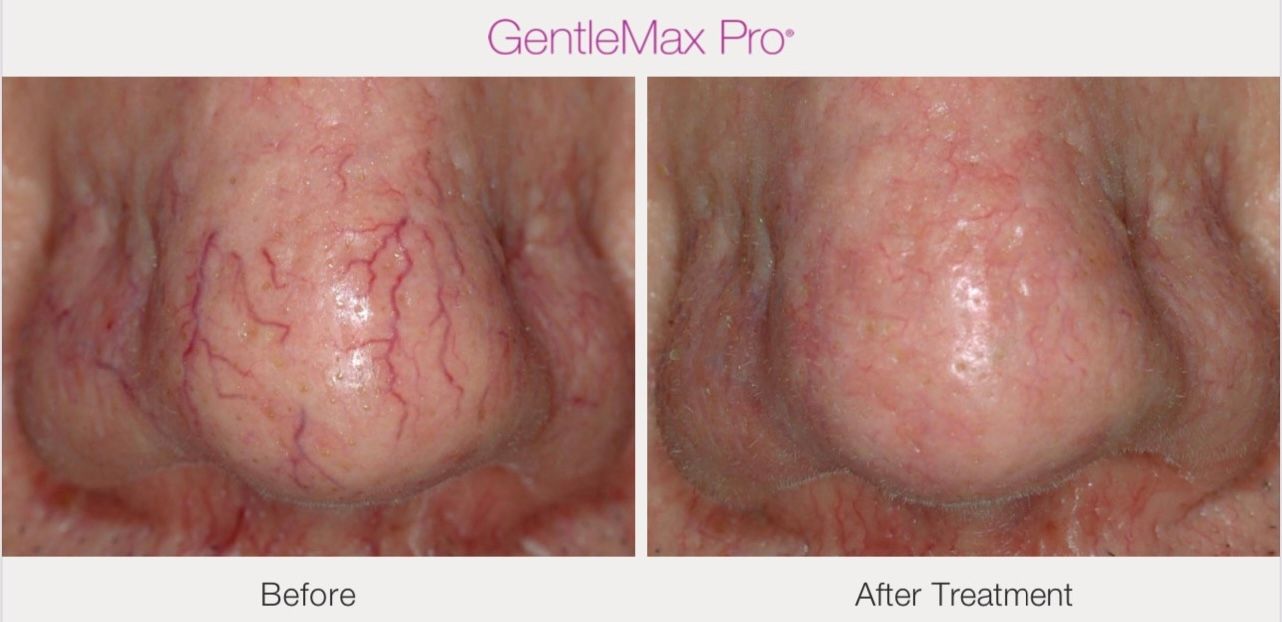
Why is GentleMax Pro® so effective?
It combines two fast and powerful lasers: the Alexandrite for light skin tones and the nd-YAG for darker skin tones. The lasers work by destroying hair follicles, brown spots and blood vessels through a series of treatments without harming the surrounding skin. This laser also uses a Dynamic Cooling Device™ (DCD™), where cryogen is sprayed onto the skin a fraction of a second before each laser pulse, which provides increased comfort during treatment.
- Powerful, yet gentle for all skin types
- Ultra-fast with excellent results
- Used by over 10,000 doctors and skin professionals
- Safe and comfortable
What can I expect during laser treatment?
After the skin is cleansed and eye protection is applied, a small hand-piece will be used to deliver each laser light pulse. A light spray of coolant onto the skin will be felt just before each laser pulse. A treatment can take a few minutes to an hour depending on the treatment area and condition being treated.
Does it hurt?
Some patients may feel slight discomfort with each laser pulse, sometimes described like a snapping of a rubber band on the skin. This discomfort resolves quickly and is minimized by the patented Dynamic Cooling Device™ (DCD™). For some patients a topical anesthetic may be used prior to treatment.
What can I expect after treatment?
Immediately after treatment, there will be redness and swelling and the area will feel sunburned. A cool compress or aloe vera gel may be applied for comfort following your treatment. Any redness or swelling should resolve within a few hours, but sometimes can last for two to three days.
How many treatments will I need?
The number of sessions depends on the treatment you require and condition of your skin. For laser hair removal, reduction of hair can be seen after one treatment but because hair grows in cycles, not all hair is affected in one treatment. Everyone usually requires at least 8 treatments, about 4-6 weeks apart.
How do I prepare for treatment?
Avoid the sun 4-6 weeks before and after treatment. Patients who are actively tan or sunburned will need to re-schedule their treatment session. Additionally you cannot be treated if you have a spray or artificial tan.
Treating Vascular Lesions
1. Treating Leg Telangiectasia
The treatment of leg telangiectasia and reticular veins remains challenging. With modalities varying from sclerotherapy to vein microsurgery, to laser therapy and new endovenous laser treatment, physicians are faced with many choices. While micro– and sclerotherapy, as well as microflebectomy, remain the gold standard, with rates of success approaching 80 percent, recent studies have demonstrated good clearance using different types of lasers. When using lasers to treat leg telangiectasia and reticular veins, the lasing medium must be chosen according to the diameter of the vessels. Long-pulsed dye lasers have been reported to be successful in the treatment of vessels measuring up to 0.5 mm in diameter. More recently, pulsed Nd:YAG lasers have been discussed in the context of leg telangiectasia measuring between 0.1 and 2.0 mm in diameter.
2. Treating Rosacea and Facial Telangiectasia
Rosacea is a complex and varied clinical disorder. From a treatment perspective, most dermatologists separate this disease into four different components–erythema or redness, telangiectasia or small red blood vessels, pustule or typical acne lesions, and hypertrophic, raised and thickened areas, especially prevalent on the nose. Topical treatments for rosacea have included metronidazole in creams, lotions and gels, sodium sulfacetamide and sulfur-based creams and lotions, hydrocortisone creams and lotions, and azaleicacid gels and creams. Topical treatments have only shown modest improvement in most cases of rosacea. Oral antibiotics have been most helpful in treating the pustular component of rosacea. However, lasers have been used for many years to treat the telangiectatic component of rosacea. Using the GentleMax Pro Nd:YAG 1064 nm wavelength is a new and effective technique for treating facial redness and telangiectasia.
What precautions should I take after treatment?
Sun exposure after treatment can increase risk of hyperpigmentation, so we recommend sun avoidance and use of broad-spectrum UVA/UVB sunscreen SPF 30 or higher. In the first few days after treatment, don't scrub or rinse the treated areas with abrasive skin cleansers. Written post treatment guidelines will be provided after your treatment.
Are there any side effects?
There is temporary redness and swelling that occurs immediately after treatment. Other potential side effects include hyperpigmentation, hypopigmentation, blistering and purpura (a laser bruise) in the treated area.
How much does it cost?
Cost depends on the area and condition being treated. This can be discussed at your consultation.

Book A Free Consultation for Your Laser Treatment
Thank you for contacting us to book your Laser Appointment. One of our team members will get back to you shortly with a quote for your Laser Package.
Please try again later.
Contact Us

Open Hours (By Appointment Only)
- Monday
- -
- Tue - Fri
- -
- Saturday
- -
- Sunday
- Closed

